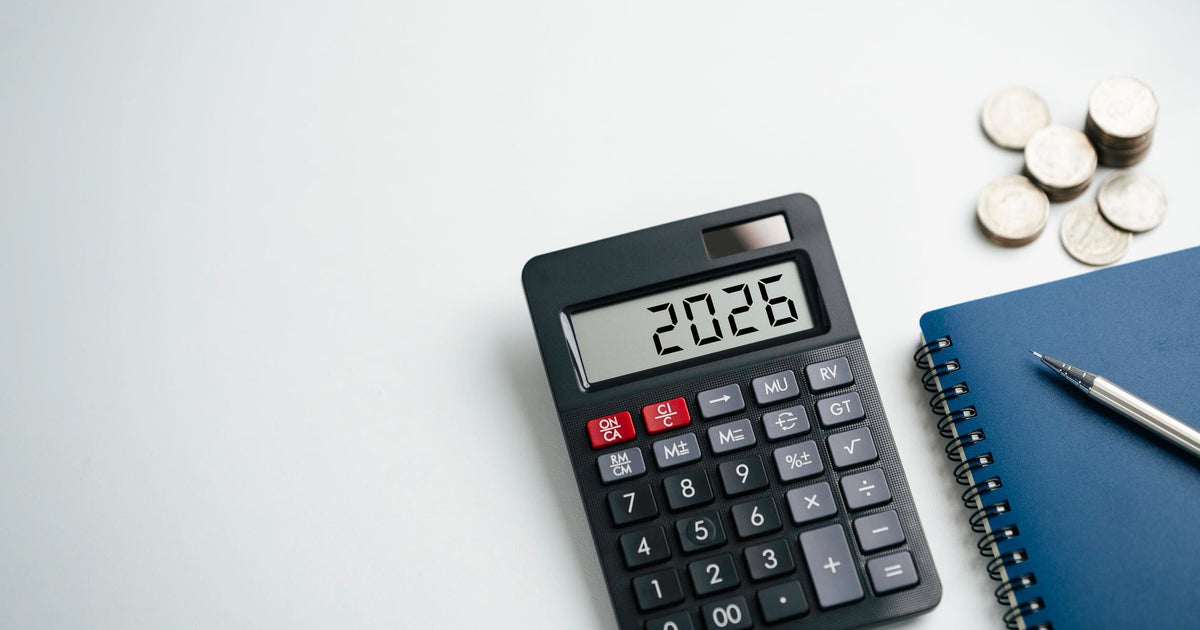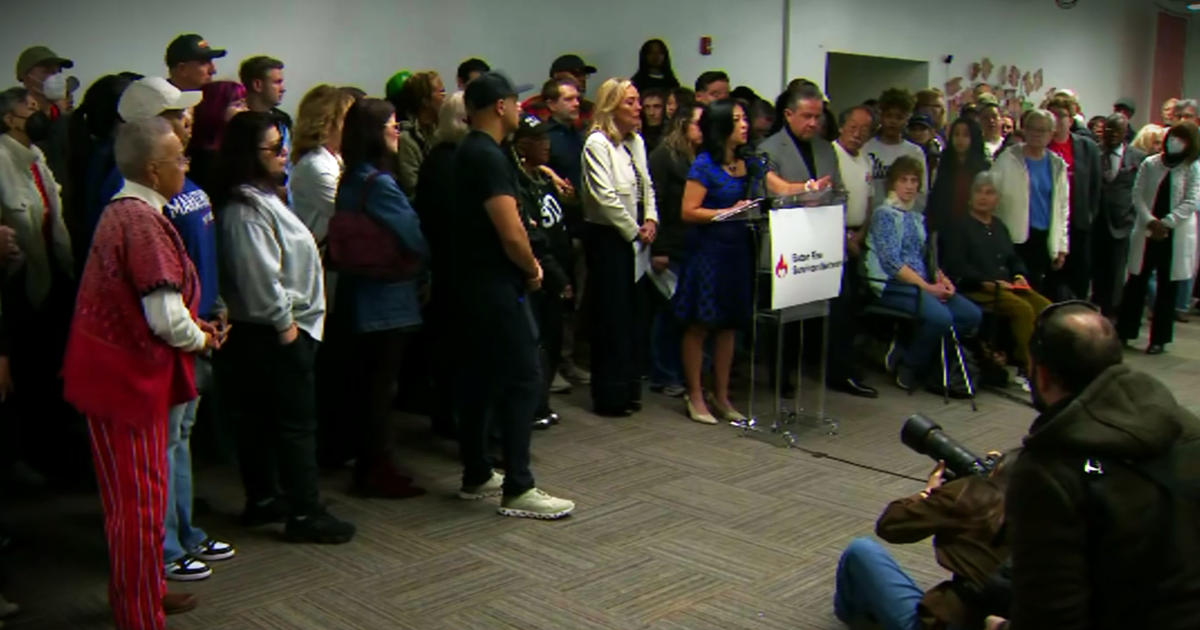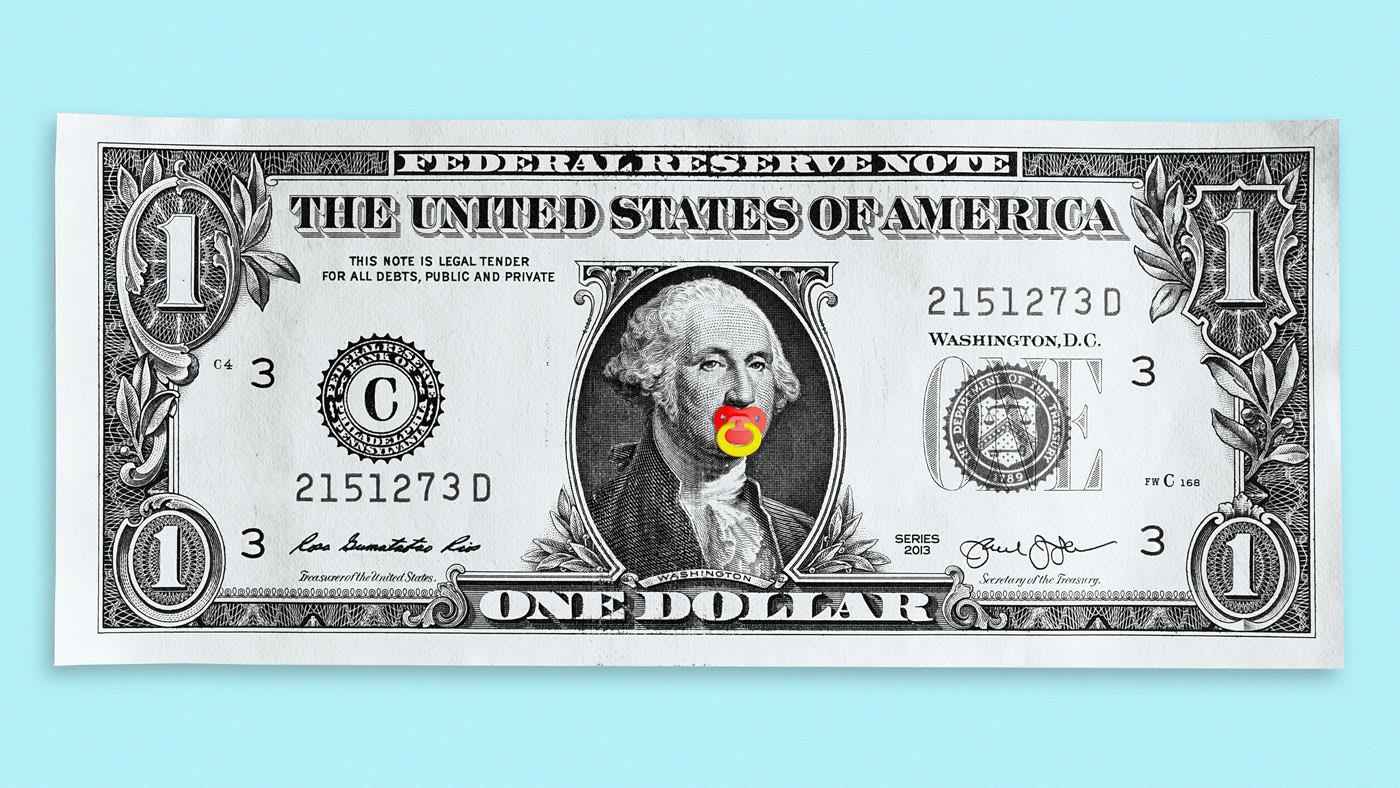Should you use a HELOC to pay for holiday expenses?
The holiday season seems to come earlier every year. Although the holidays are still weeks away, it's never too early to plan for the added expenses of the season. Having a dedicated holiday savings fund is ideal for covering the festivities, including travel, food and gifts for loved ones.
Americans with insufficient savings to pay for holiday expenses often turn to their credit cards to foot the bill. Some consumers may even be considering a home equity line of credit (HELOC) to gain access to the cash they need during the holiday season. But should you use a HELOC to pay for holiday expenses?
Find out today's top home equity loan rates here.
Should you use a HELOC to pay for holiday expenses?
Generally, it's best to reserve going into debt for investments that could appreciate in value and avoid using debt for non-essential purchases or everyday spending.
"I would not recommend using a HELOC or any type of debt to pay for holiday expenses, as debt is future consumption brought forward," says Mike Hardy, a managing partner at Churchill Mortgage. "My personal recommendation would be to make sure that all expenses, including holiday expenses, are in line with income."
However, if you're already planning on using your credit card to pay for holiday expenses, there may be some scenarios where a HELOC may be worth considering instead, including:
When you need a lower interest rate
HELOCs tend to offer lower interest rates than what you'll find with most credit cards and personal loans. The average HELOC rate nationwide is 9.02% as of October 30, 2023. By contrast, the average credit card APY is 22.77%, according to the most recent data from the Federal Reserve. So, accessing cash through a HELOC could benefit you if you're looking to minimize interest payments over the long term, though your overall interest costs could be higher.
Explore your home equity loan and HELOC options here.
When you need a higher credit limit
Because HELOCs are secured by your home, HELOCs often offer higher borrowing limits, which could be beneficial if you're planning to make a significant holiday purchase. Most HELOC lenders allow you to borrow roughly 60% to 85% of your home's equity, which is the amount of your home's market value minus your current loan balance.
For example, if your home is worth $300,000 and your loan balance is $200,000, your home has $100,000 in home equity. If you qualify to borrow 80% of your equity, you may borrow $80,000. With a home equity line of credit, you don't need to borrow the full amount, but lenders typically expect a minimum borrowing amount of around $10,000.
For flexible repayment terms
HELOCs are second mortgages that typically last up to 30 years, which might be helpful if you're looking to make smaller payments over time on a pricey holiday expense.
HELOCs work like a credit card but come with two separate periods: the draw period and the repayment period.
- Draw period: As its name implies, the draw period is when you can make withdrawals on your line of credit as needed. You pay down your balance and draw funds again if necessary. This period typically lasts from five to 10 years, during which time you make interest-only payments.
- Repayment period: Once the draw period closes, you can no longer draw funds from your HELOC. You'll make payments that go toward the principal and the interest for the remainder of the term, which usually lasts 20 years.
Having the ability to stretch out your payments for an extended period can be advantageous if you're looking to pay a smaller amount. Be aware, however, that your payment will jump significantly during the repayment period since you're now paying for both principal and interest.
Other factors to consider
Before proceeding with a HELOC, it's essential to understand the benefits and downsides of doing so. Besides the positive factors mentioned above, there are disadvantages to HELOCs that should be considered, such as:
- Variable interest rates: Most HELOCs have variable interest rates that are tied to the prime rate. Accordingly, rates often adjust upward, so be prepared for your monthly payments to rise.
- Penalties and fees: Check with your lender about the potential penalties and fees you could face, which could offset any savings from lower interest rates. For example, HELOC closing costs can range from 2% to 5% of your approved credit line amount. If you plan on repaying the HELOC shortly after the holidays, your lender may hit you with an early closure fee for a percentage of your line of credit limit or a few hundred dollars. Many lenders do not charge closing fees or early payment penalties, but it's best to check for certain before borrowing.
- Collateralizes your home: A HELOC is considered a second mortgage, which, among other things, means you must offer up your home as security on the loan. If you're unable to repay the loan, the lender could foreclose on your home. As mortgage broker Scott Griffin notes, "The risk of putting your home up as collateral for something as fleeting as holiday shopping might not be a wise move unless you're absolutely certain you can comfortably pay it back."
The bottom line
The process of obtaining a HELOC loan usually ranges from two to six weeks, so plan ahead if you anticipate needing funds soon. A HELOC may be helpful if you're looking for lower interest rates — currently averaging around 9% — or if you could use the higher borrowing limit and lengthy repayment term to pay for holiday expenses.
One advantage of HELOCs over loans is that you can borrow as little as you need as opposed to accepting a lump-sum payment for more cash than you need. This type of borrowing can help you control debt by letting you borrow only what you need, up to your credit limit.
Of course, do your due diligence and weigh the pros and cons of any financial move you're considering, including using a HELOC for holiday expenses.






